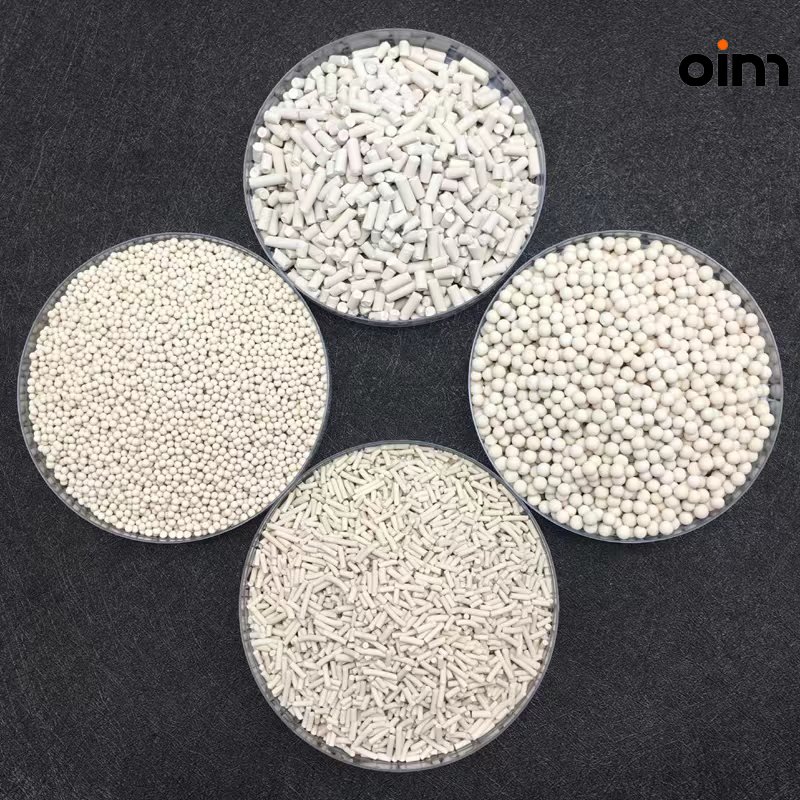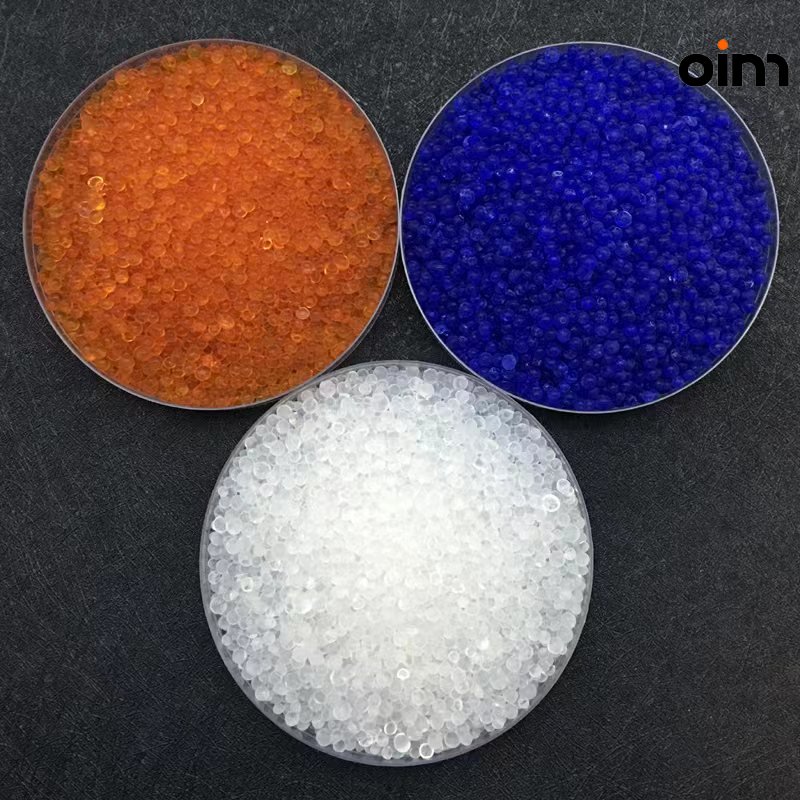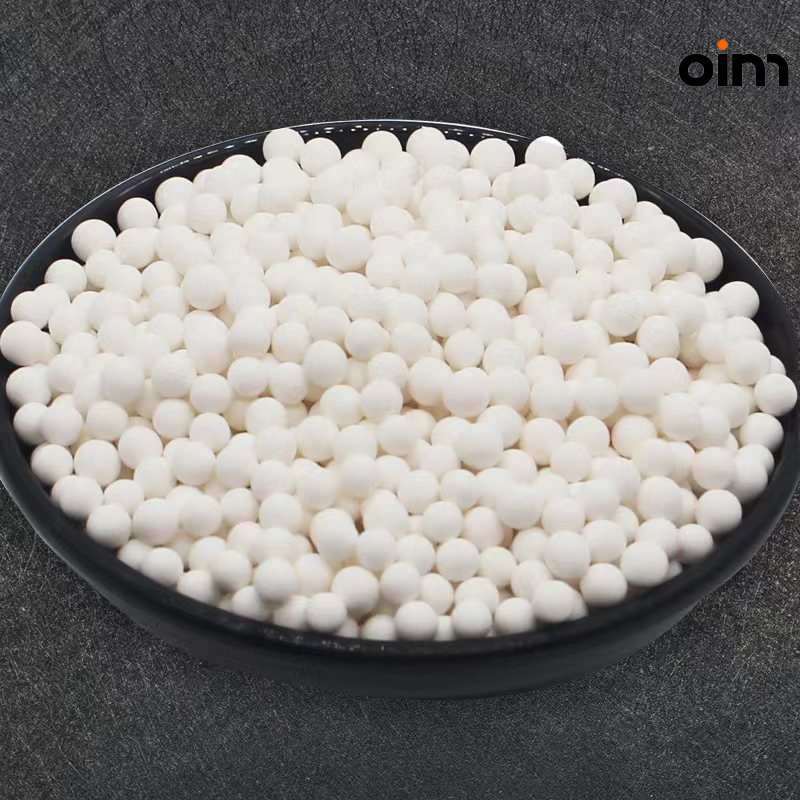Technical article
2022-09-29
Molecular sieve is a kind of aluminosilicate microporous crystal, which has the characteristics of uniform pore size and extremely high specific surface area, good thermal stability, strong adsorption performance, large internal surface area and high strength. Due to their different uses, molecular sieves are divided into 3A, 4A, 5A, 13X, 13X APG molecular sieves, insulating glass molecular sieves, activated molecular sieve powder, carbon molecular sieves, etc.
Selective adsorption according to the size and shape of the molecule, that is, only those molecules smaller than the pore size of the molecular sieve are adsorbed. For small polar molecules and the higher the degree of unsaturation, the stronger the selective adsorption.
With strong water absorption, even at higher temperature, higher air velocity and lower water content, there is still a fairly high water absorption capacity.
The following are the classification of several common molecular sieves (granular):
| Types | Bulk density (kgs/m3) | Static H2O adsorption (%) |
Wear ratio (%) |
Main application |
| Molecular sieve 3A | 680~720 | >21 | <0.25 | For drying of petroleum cracked gas and olefins |
| Molecular sieve 4A | 680~720 | >21.5 | <0.2 | For natural gas drying and alkane separation |
| Molecular sieve 5A | 680~720 | >22 | <0.2 | Air drying and purification, natural gas dehydration and desulfurization, petroleum gas desulfurization and pressure swing adsorption for oxygen production and hydrogen production |
| Molecular sieve 10X | 500~600 | >26 | <0.2 | High-efficiency adsorbents for drying, desulfurization, decarbonization and aromatics separation of gases and liquids |
| Molecular sieve 13X | >640 | >27 | <0.2 | Drying, desulfurization and purification of LPG and natural gas |
| Molecular sieve 13X HP | >620 | >30 | <0.3 | Pressure swing adsorption oxygen generator (PSA oxygen generator) |
| Lithium molecular sieve | 600~670 | >30 | <1 | Low pressure adsorption vacuum desorption oxygen production equipment (VPSA oxygen production) |
| Carbon molecular sieve | 660~700 | / | / | Pressure swing adsorption nitrogen generator (PSA nitrogen generator) |
|
Insulation glass Molecular sieve |
720~760 | >20 | <0.3 | Insulating glass plays the role of adsorbing water vapor |


